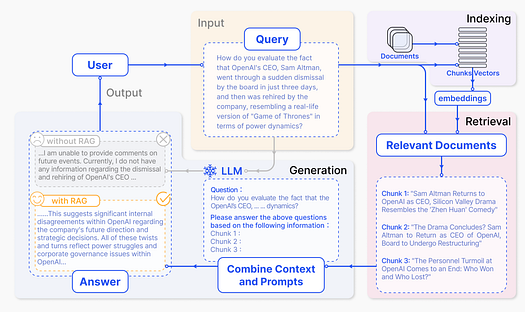Article by Gary Zhexi Zhang: “In 2014, the southwestern province of Guizhou, a historically poor and mountainous area, beat out rival regions to become China’s first “Big Data Comprehensive Pilot Zone,” as part of a national directive to develop the region — which is otherwise best known as an exporter of tobacco, spirits and coal — into the infrastructural backbone of the country’s data industry. Since then, vast investment has poured into the province. Thousands of miles of highway and high-speed rail tunnel through the mountains. Driving through the province can feel vertiginous: Of the hundred highest bridges in the world, almost half are in Guizhou, and almost all were built in the last 15 years.
In 2015, Xi Jinping visited Gui’an New Area to inaugurate the province’s transformation into China’s “Big Data Valley,” exemplifying the central government’s goal to establish “high quality social and economic development,” ubiquitously advertised through socialist-style slogans plastered on highways and city streets…(More)”.

